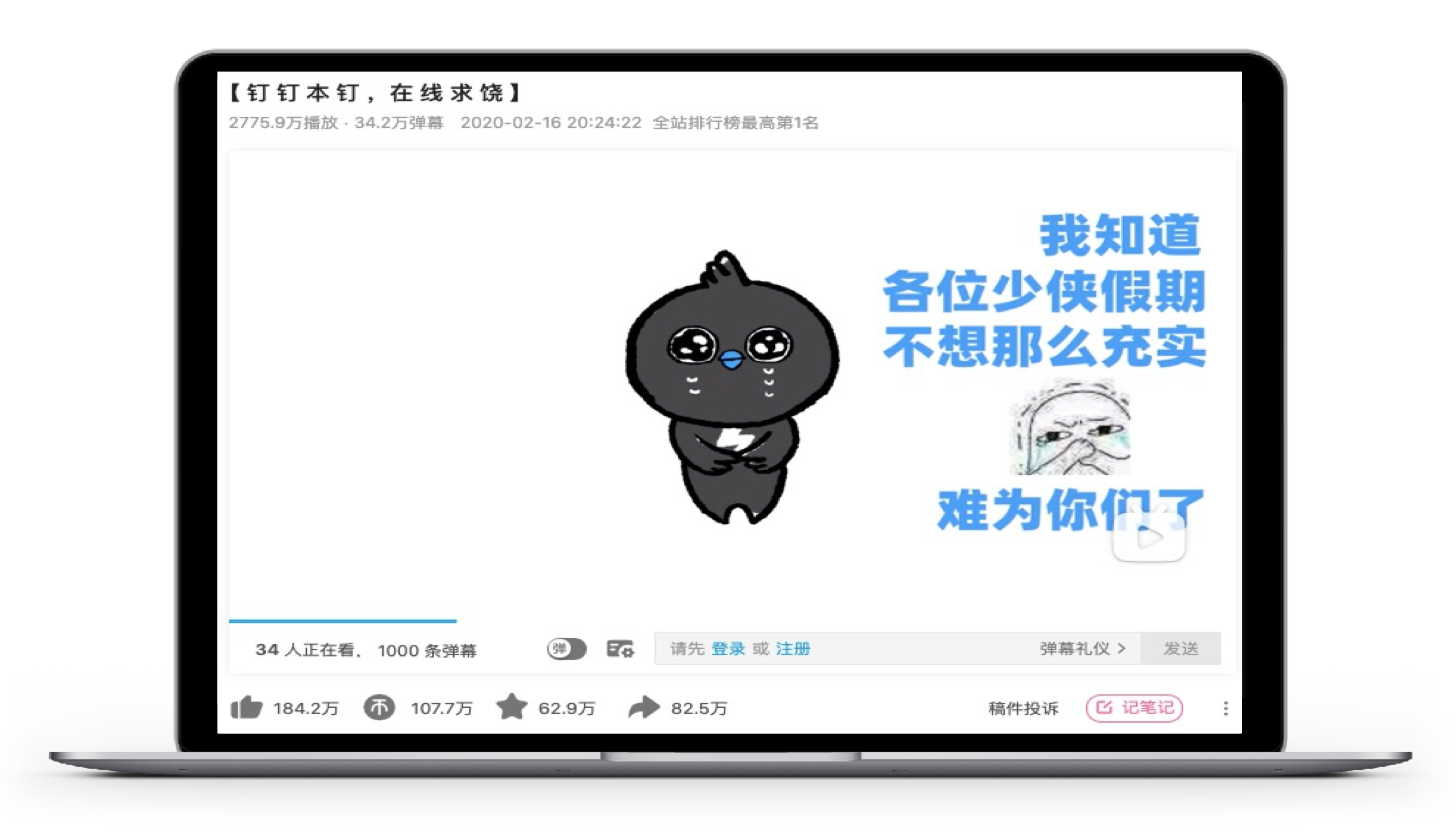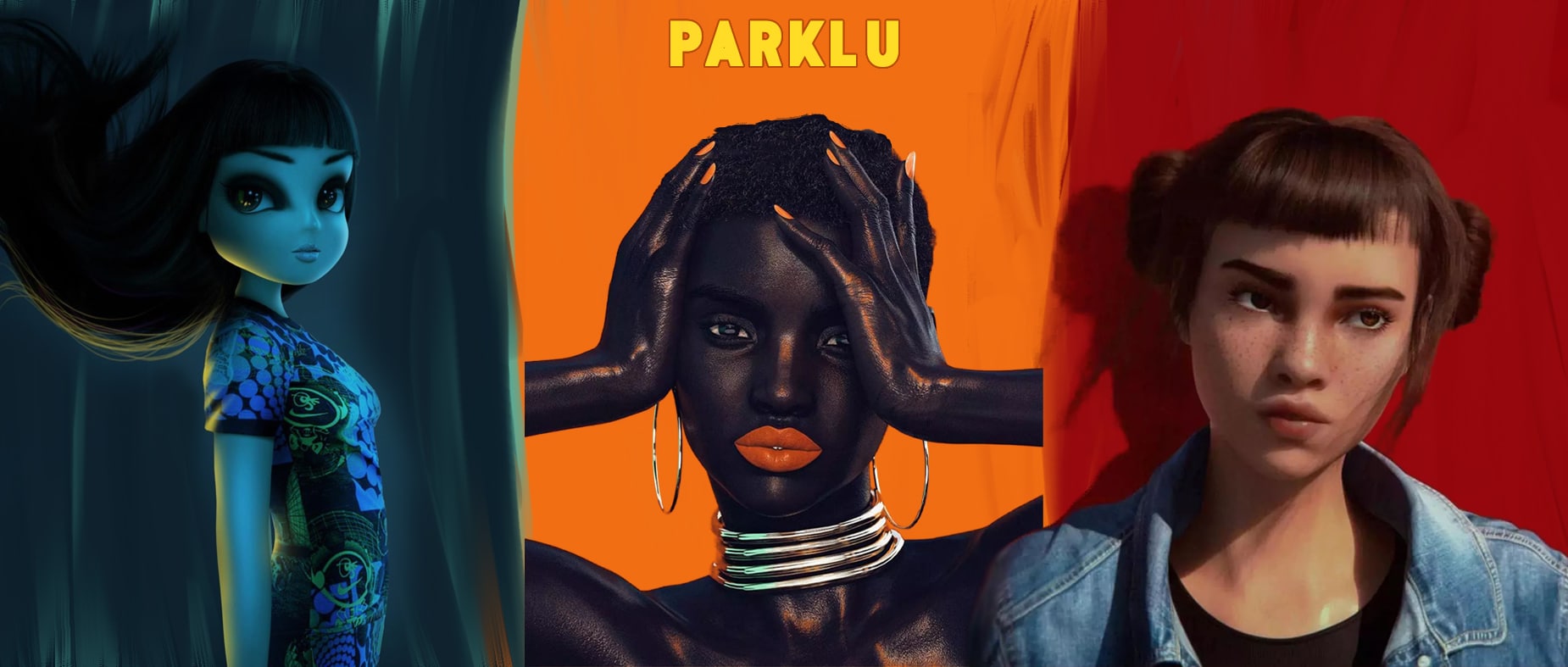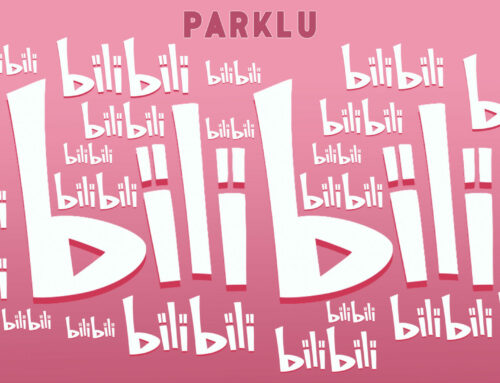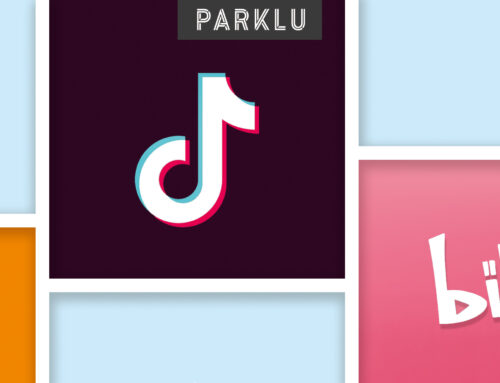Bilibili started 2021 on a high, announcing plans for an IPO in Hong Kong that could raise over $2 billion. That came on the back of impressive results for Q3 of 2020, which saw the company record 74 percent year-on-year growth in revenue. The video, gaming, and anime app are rapidly establishing itself as one of the key battlegrounds in the fight for Gen Z audience engagement, and that means brands can’t afford to ignore Bilibili. What’s more, more and more brands are doing KOL marketing on Bilibili.
But what are the trends that are shaping Bilibili as we kick off 2021? And what do brands need to know to leverage the platform to maximum effect? Let’s take a look at five developments and themes that are defining Bilibili right now.
1. Content is king, but the quality matters
When it comes to KOL Marketing on Bilibili, content is at the core of Bilibili’s business, but both creators and the platform itself are raising the bar in terms of quality. Bilibili is investing more in its own content, while user-generated content is becoming more varied and niche, resulting in a more engaging, diverse ecosystem.
Brands that are getting into Bilibili for the first time have to start by understanding the audience. Bilibili’s Gen Z-dominated userbase is very particular about the type of content they consume, and the platform has a distinct style. Brands should spend time to familiarize themselves with the aesthetics that work on Bilibili, but a great tactic is to select KOL partners who have a solid track record for creating content that fans love.
The categories of content that Bilibili users are consuming has also undergone a dramatic transformation in the past 18 months. Traditional categories like beauty and food have fractured, with the emergence of niche KOLs serving highly specific audience segments. The rise of educational content has been another signature of the past year on Bilibili, as Gen Z users have sought out knowledge in fields ranging from law to finance and beyond.
Brands might also look for ways to work with Bilibili on the platform’s self-produced content. In particular, Bilibili has scored a number of huge successes with its in-house variety shows, such as hip-hop reality show Rap For Youth and Huayang Shixisheng, which follows a group of Gen Z interns as they explore life in the workplace.
2. The rise of virtual KOLs and virtual brand IP
The rise of virtual KOLs, or “V-tubers,” is one of the more notable developments in Chinese social marketing, and one that’s only accelerating as 5G takes hold in China and beyond. “Stars” like 泠鸢逛BW and Seraphine attracting thousands of followers to their content. With its origins as a gaming and anime hub, Bilibili is a natural home for this phenomenon. Bilibili users instinctively embraced the idea of virtual KOLs, so it follows that brands are taking an interest in this space.
SK-II has been one brand leading the way in this area, working with virtual KOLs like IMMA and Yumi. Other brands that have productively used this medium include Fenty Beauty, Tmall, and Meiji, more and more brands consider virtual KOLs when they do KOL marketing on Bilibili.
In addition to working on straightforward endorsements with these digital influencers, one avenue brands are increasingly exploring is creating their own virtual IP. Perhaps the best-known virtual KOL, Noonoouri, has worn digital creations developed by brands including Dior and Versace.
Some brands are even creating their own virtual avatars, which can be used in promotions or as a point of contact that users can engage with on Bilibili. Pinduoduo, Aliyun and Dingding are among those who have adopted this tactic, which can humanize the experience of communicating with the brand.
3. Brands should trust creators while doing KOL Marketing on Bilibili

“I’m sorry, young heroes, please do not give me any more one-star ratings — Dingding” Watch the video here
One potential pitfall for brands who are new to Bilibili is to assume that content approaches that worked on one platform will migrate seamlessly and be well-received by the Bilibili audience. Put simply, it won’t. The platform’s irreverent ethos and aesthetics are very distinctive from other social media services in China, and that’s the way the platform’s Gen Z users like it. Bilibili was the first social platform to become so inextricably linked with Gen Z, and any brand approaching the platform has to learn the rules of the game.
Dingding is just one example of the tone brands need to adopt to use Bilibili successfully. The app had seen its reviews dip during the COVID-19 lockdown, as frustrated students left a barrage of one-star ratings in protest at being forced to use Dingding for distance learning. In response, the Dingding team ran a tongue-in-cheek video using memes to appeal to Bilibili users for help. The campaign left an impression with Bilibili users who appreciated the humor. Many were moved to rate the app more positively, driving up Dingding’s rating in app stores. Best of all, these videos don’t need to have high production values – they just need to fit the Bilibili aesthetic.
Working with KOL Marketing on Bilibili is a great way for brands to tap in to the Gen Z audience effortlessly. KOLs who specialize in Bilibili are fluent in the slang, visuals and in-jokes that are all part of the platform’s appeal to its members, and the bonds of trust between Bilibili KOLs and their fans is famously “sticky.”
4. Text-video content connection; online-offline activity linkage
The barriers between different content formats are dissolving, and that change is particularly evident in Bilibili. Gen Zs are less format-agnostic than older generations, switching seamlessly between text and images, audio and video. All that matters is the quality of the content and making it accessible however you can.
We can point to at least two notable ways this is happening right now on Bilibili. First, text-to-video is becoming huge on the platform, as content creators are converting text articles into videos. The videos don’t have to be polished – indeed, some will be rather crude – as long as the aesthetic chimes with the kind of content Gen Zs on Bilibili respond to.
The COVID-19 pandemic has demonstrated the necessity and the potential of blending the online and offline worlds, especially when it comes to events. Bilibili gives brands the ability to host live streams in conjunction with offline events. This isn’t just a question of dramatically expanding the potential audience attending the event. Integrating online and offline components are mutually reinforcing, creating a compelling event experience that invites the curiosity of attendees and leaves a richer impression than either a purely offline or purely online event would.
5. KOL Marketing on Bilibili: Doubling down on anime
Anime remains one of Bilibili’s core selling points, and we can expect the company to make deeper commitments to its anime production through 2021 and beyond. In particular, Bilibili is making significant investments in domestically produced, “Made in China” anime.
Brands should take note of this development, for two reasons. The investment in anime is a fundamental reassertion that the genre is an intrinsic part of Bilibili’s DNA. It’s a signal to the platform’s Gen Z users that Bilibili isn’t going to stray from its roots, even as the company grows and becomes more successful at generating revenue. Secondly, China’s Gen Zs are hungry for domestic anime that they can be proud of, and if there’s going to be one platform that is synonymous with that content, it will be Bilibili. Anime can be a powerful medium for building relationships with young Chinese people, and in the age of virtual KOLs, smart marketers will find ways of establishing productive partnerships in the anime space.









Leave A Comment